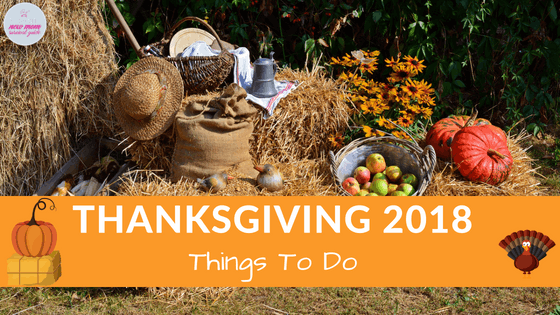
Can indoor air make you and your baby sick?
Years ago, most of us would not have been concerned with indoor air pollution. It truly was a foreign concept. But today, with the number of chemicals and pollutants that are in the air and used by businesses and individuals, it’s something everyone should understand.
Humans breathe an average of 10,000 gallons of air each day and nine out of the 10 breaths we take are likely to happen indoors. Often, we think we are protecting our little ones by keeping them indoors, but sadly, the indoor air we breathe is anywhere from two to 10 times more polluted than outdoor air.
Can indoor air make you and your baby sick?
Infants spend most of their time indoors, at home or a nursery. Our babies are more vulnerable than we are because children breathe air three times faster and absorb three times more pollutants and toxic vapors than adults. Their immune systems are not as strong as an adult’s, so the pollution will have a stronger effect. In addition, a child’s respiratory system hasn’t yet fully developed, and can’t filter as well as an adult’s can. Children are also prone to breathing through the mouth where there is no filter, as opposed to their nose, which does act as a filter.
What exactly is Indoor Air Pollution?
Indoor air pollution (IAP) means any airborne chemical, biological, and physical contaminants that we might find indoors. They can have adverse health effects, especially among pregnant women and infants.
The common contaminants can be any combination of a large variety of pollutants including tobacco smoke, mold, carbon monoxide, radon, cleaning solvents, pesticides, dust, and many more. Sources of other indoor air pollution contaminants include construction and building materials, paints, cooking fuel, plastics, and carpets. Another consideration is that parents are often renovating rooms anticipating the arrival of a new child in their lives. With the new materials being used like dust from demolition and paints, there is a high likelihood that IAP levels are higher than normal in the situation.
Here’s a closer look at a few pollutants and how they may affect your baby.
Mold: Currently, there is no conclusive evidence of the effects of mold on an unborn or young child, because it would be unethical to purposely expose a pregnant mother or infant to a potentially dangerous contaminant. However, animal studies have shown that mold can be disruptive to fetal development.
Carbon Monoxide: Carbon monoxide is a clear gas with no smell or taste. There are reports of large doses of carbon monoxide causing fetal brain damage or even fetal death in newborns.
Solvents: Solvents can be found in several products such as cleaners, building materials, plastics, paint, and more, and have been associated with respiratory problems for young children.
Secondhand Smoke: By now, most people know the dangers of tobacco smoke and secondhand smoke. In children and newborns, it can cause low birth weight, miscarriage, deficiencies in learning and behavior, and Sudden Infant Death Syndrome.
Pollen & Dust: These can get into your home through open doors or windows, or they can hitch a ride on your clothes and shoes. They can be instrumental in your child developing asthma and allergic reactions.
Now that we know what indoor air pollutants to look for, what can we do to protect our family?
Above, we shared some of the most common causes and dangers of indoor air pollution for children and pregnant women, so here is a look at what you can do to protect your family.
First, avoid bringing the sources of some of these toxins into your home. If it’s something you purchase, such as cleaning product, keep it in the garage out of the main living area. Alternatively, consider instead of cleaning with chemicals, using more natural solutions like vinegar and water. And if you are pregnant, let someone else do the heavy cleaning.
Other preventative measures include keeping your air conditioner filters clean and replaced in a timely manner. Have a professional come to your home to inspect and provide maintenance on your unit to keep it working efficiently at least once per year. A great time to schedule this is just before spring when the air is filled with pollens. Doing so will also increase the lifespan of your A/C unit. Finally, run your air conditioner or fan to keep the air constantly being filtered and recycled.
One of the easiest precautions you can take is to install an indoor air purifier. These are designed to remove all types of pollutants, molds, viruses, dusts, and more from the air inside your home. There are many reputable filters and products to choose from and they aren’t likely to break the bank.
Exposure to indoor air pollutants can have immediate short-term effects and long-lasting health risks. In fact, some of the health risks may not show up for years, so the precautions you take today may prevent serious health issues for you and your children years from now.
A few simple precautions will keep you and your family will breathing easy. And don’t forget, spend some time outdoors with your child. The fresh air will do you both good!
About the author: Gloria Deng is with High Efficiency Cooling & Heating serving the Greater Toronto Area. High Efficiency hosts the Home Happiness blog with tips for keeping your home happy and healthy.
- Winter Mom & Baby Programs - January 1, 2024
- Best Sleep Tips for Babies for the Holiday Season - November 7, 2023
- Top 5 Christmas Activity Alternatives for Muslim Children - November 7, 2023




Facebook Comments